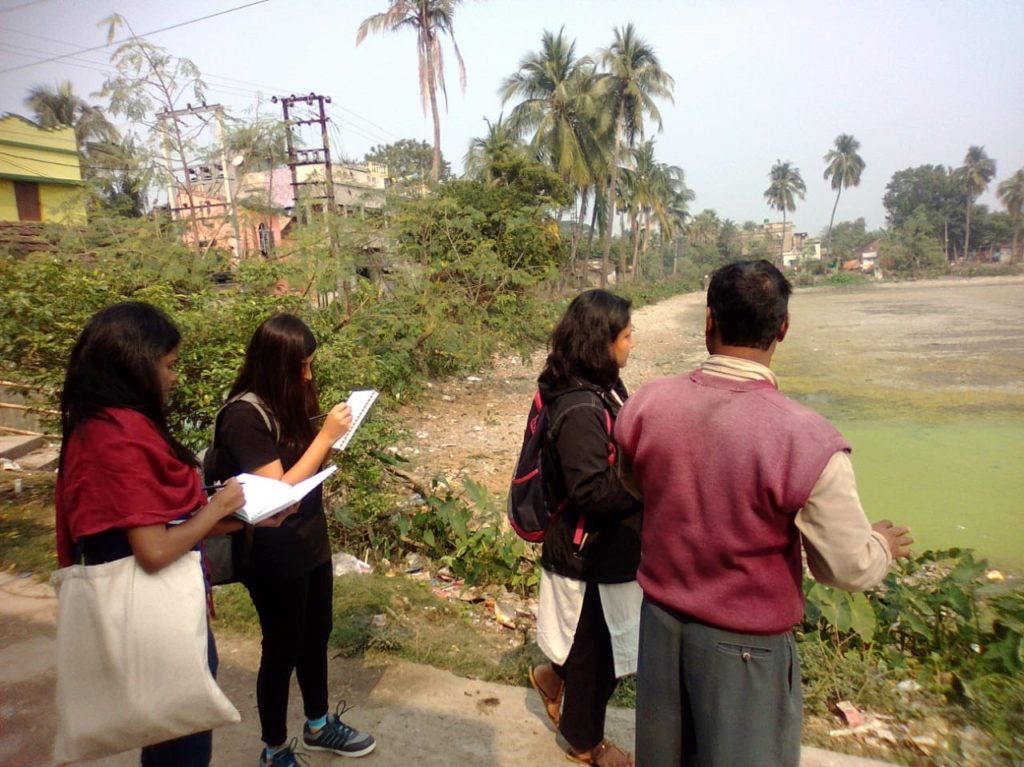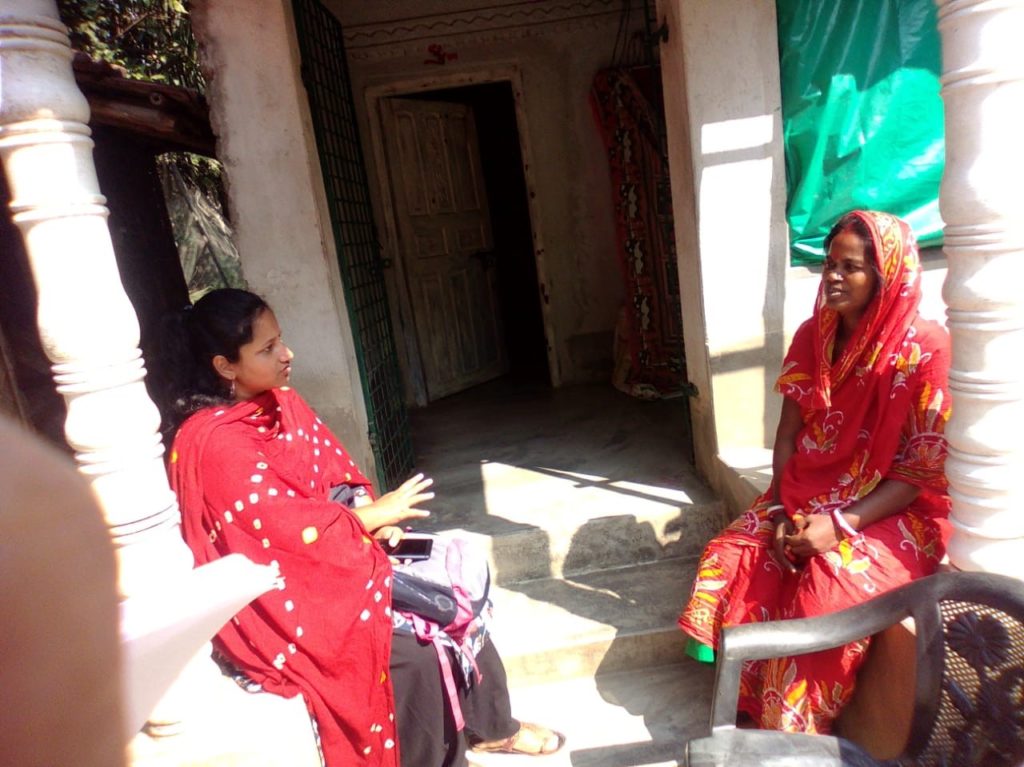Research activities on the theme of peri-urban water issues in India have been conducted by SaciWATERs (Cap-Net affiliated network), as a research partner in a consortium-based research project ‘H2O-T2S in Urban Fringe Areas’. The study has been led in partnership with the University of Cologne – Germany and Delft University of Technology (TUDelft) – Netherlands. Partners specialized in the field have also joined: Bharati Vidyapeeth University and The Researcher.
The research partners conducted joint field activities across three cities in India – Pune, Kolkata, and Hyderabad – with strong support from the local field partners. Case studies of six peri-urban villages across the cities were conducted to do a comparative assessment of challenges and opportunities in peri-urban water access, institutions, and livelihoods in different hydro-ecological regions. The deltaic conditions around Kolkata, semi-arid plateau conditions around Pune and Hyderabad, and the humid Western Ghats around Pune, all offered very different hydrological contexts of study.

The project is supported by a consortium of funders: The International Science Council (ISC), Federal Ministry of Education and Research (BMBF), and the Netherlands Organisation for Scientific Research (NWO) – under the Belmont Forum, Norface network, and the European Commission.
Stakeholders were identified to understand the plurality and hierarchy of actors (including various socioeconomic sections of the community, civil society, local and state-level policymakers), that determine the trajectories of peri-urban development. This identification of varied and unequal actors will be the basis of subsequent workshops for the exercise of building adaptive pathways jointly with the various stakeholders. These are planned to provide capacity building for the stakeholders and methodological understanding for the researchers on how to visualize future scenarios, building milestones towards these scenarios, and jointly developing pathways to reach desirable futures. The particular contribution of these activities will be to find ways around conflicting pathways and building cooperation around common pathways between stakeholders differentiated horizontally and vertically.
